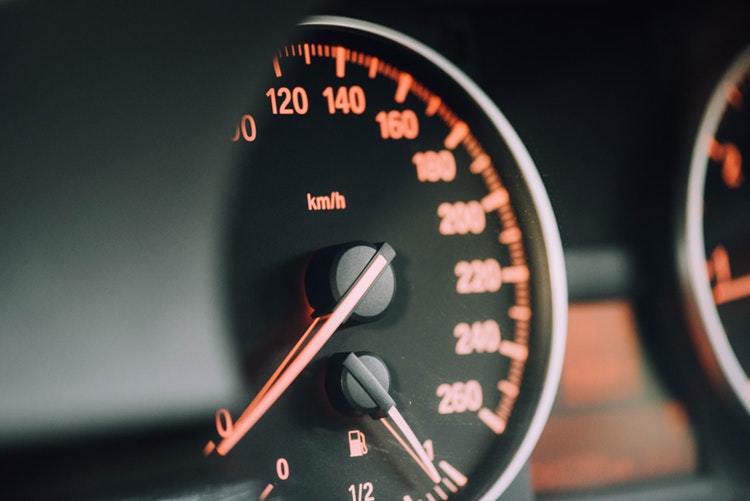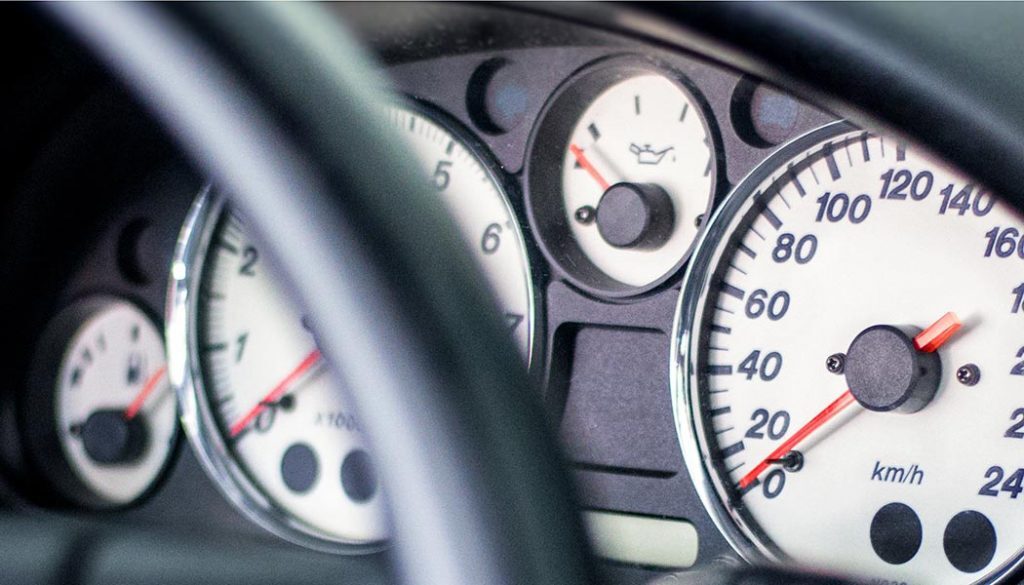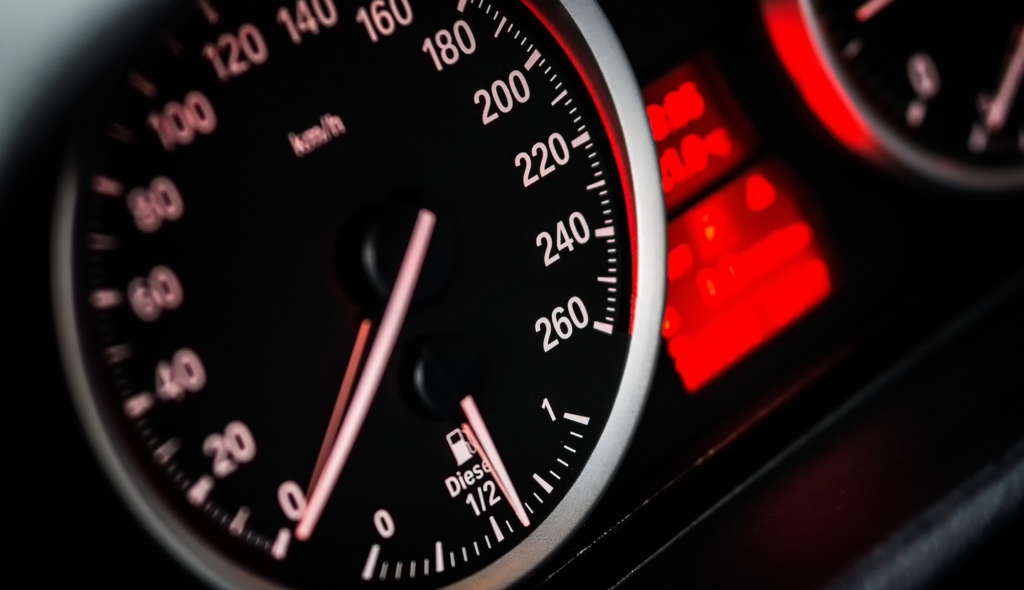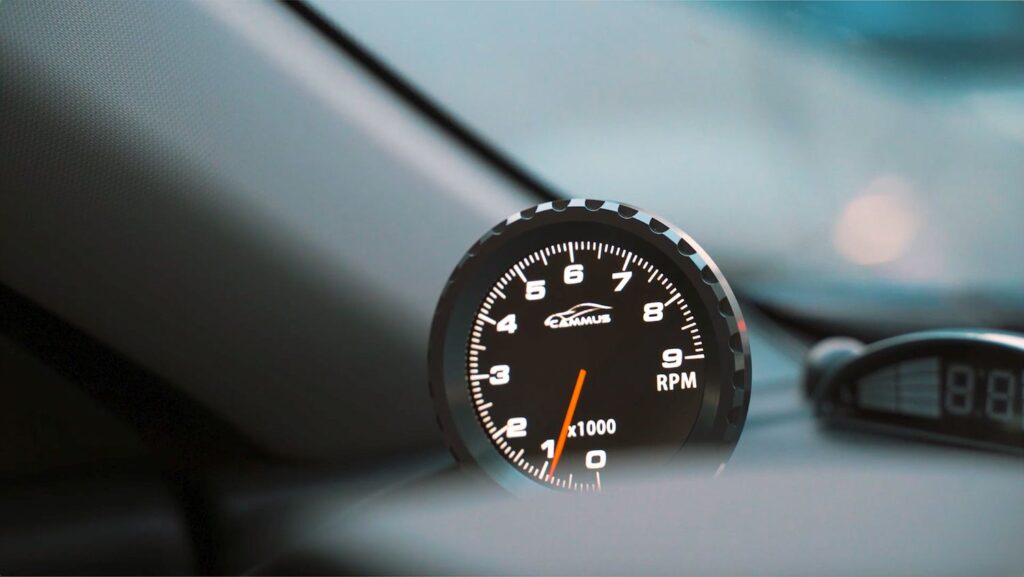Imagine if you could fix any problem before it becomes a major one. It most certainly sounds practical and worthwhile. Instead of worrying about how long it will take to fix a major problem and the expenses, you can prevent it right from the start. And we worry about many things in our everyday life, but one that stands out for many is their cars. I know as a driver of over three years now, I’m always worried about my car, whether if someone tries to tamper with it or an electrical or mechanical problem arises. And with good reason, it has become a necessity in our life. We depend on it for anything and everything. We use it for work, social occasions, going to the market, etc.

And if you’re like me, you don’t want to face the possibility of being without it. Well, there is a handy technological solution to check if something is wrong – car gauges, which display information about the car and its various systems to the driver. They do this by showing any error on your dashboard, so it’s easy to notice. But, there are many gauges to choose from, and I wrote this article as a guide with that in mind. The goal, of course, is for you to know their many types and benefits.
Types

You’ve probably seen your dashboard lights up with every ignition, so there are many gauges, as you can assume. As such, before you decide on the exact car gauge that you need, it’s good to know all the types that exist and what they do. But, before I get into that, you should also know that all gauges only work with an exact brand and model of vehicle. Furthermore, if you wish to install anything, visit a mechanic to guarantee success and proper functioning.
Tachometer
The most popular one is the tachometer which monitors your RPM (revolutions per minute). It’s an indication of how fast your engine is turning, and it usually displays this with one-digit numbers that you need to multiply with a thousand. As with everything else, you need to monitor them carefully at all times to ensure you’re not in the red zone. There are two things you want to make sure are a match between your tachometer and car. The first one is the number of cylinders and the second one is the type of ignition. Otherwise, it just won’t work.

Furthermore, you can choose a tachometer based on the aesthetic of your car. You can choose a classical look with “hands” that rotate as you have more RPM. Or for it to have a simple display with one number. Additionally, you can have the gauge light up in different colours as you progress. All have a different setting regarding RPM, but green is a safe, low one, yellow is in the middle and red means you’re at the limit.
Fuel
It’s self-explanatory what these automotive gauges monitor. They keep track of the fuel, which is essential to the car. It’s the blood of your machine, and if you’re an experienced driver, you know how fearsome it is to be without it. That said, there are three types of fuel gauges – level, pressure, and air to fuel ratio gauges. All have a distinct purpose.

The fuel level monitors how much fuel you have left. It comes equipped on every car right out of the factory. However, the pressure and the air to fuel are less commonly known. The fuel pressure gauge monitors and regulates the fuel’s pressure that is flowing throughout the car. The last one is a live indication of your air to fuel, which is essential for the engine’s combustion. There are three levels to it, and they indicate the burn. They are stoic, rich, and lean. The stoic one gives a good burn while also considering the fuel mileage. Rich means there is more fuel to the air content, and it can give more power, but it burns more fuel. Finally, lean is the opposite, more air compared to fuel. The benefit of this is that you burn less fuel, but you lose power, which can damage your motor’s internals.
Temperature
As a car is a powerful machine that burns and is active constantly, something you want to be careful of the most is the temperature. One solution, of course, is a heat shield for parts that can’t stand as much heat. Although this is effective for them, you can also get a car gauge that monitors the temperature. There are three types, oil, water, and exhaust.

Their names are self-explanatory, with the first monitoring your oil. As such, it ensures that your oil is always at an optimal temperature to make all the parts lubricated to turn. The water gauge, despite its name, actually monitors your coolant. The coolant keeps the temperature of the car at a constant number. Accordingly, the gauge monitors its temperature because if it overheats, it can cause damage. The exhaust one does the same thing as the air to fuel gauge that I previously mentioned, but except for monitoring the exhaust gas, it directly monitors the air to gas.
Benefits
All of the previously mentioned technical details and uses of aftermarket car gauges also bring forth many benefits.
Performance

The primary one that all car owners are concerned with is performance. If you install and use the right gauges, you can ensure that you have a better and more powerful ride. You’ll be more in control of your car and everything that goes on with it.
Saves Money
As I mentioned in the beginning, you could solve all your problems easily if you know they could happen. These gauges give you the ability to do just that. Instead of serious damage to your vehicle, you can visit a mechanic and be sure that it will be an easy fix. Furthermore, some of the gauges allow you to control how much fuel you’re burning, and accordingly, how much money you’re also burning. You can change something if you feel that you’re using too much.
























